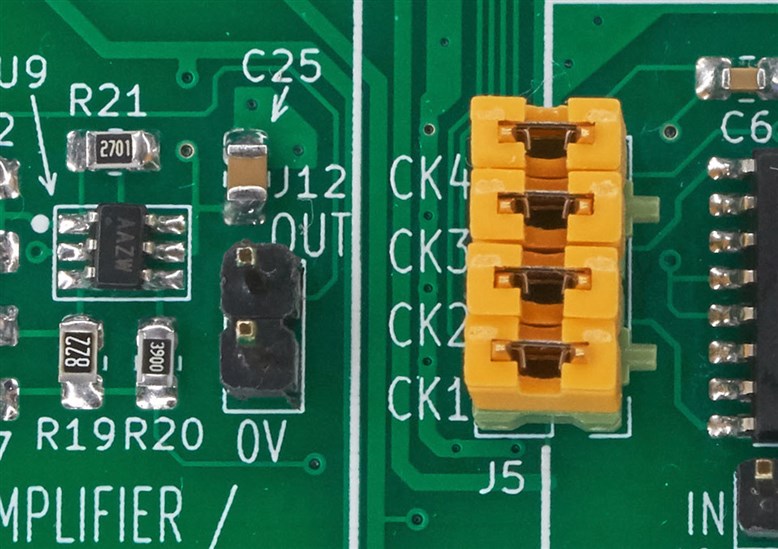Hi Guys,
It's Paul from Paul's Engineering space, and I'm adding another project to the variety I am working on. As you can tell from the title I am recreating a project from Electronics Australia 1981 October through 1982 January issues. Alot of this work has involved finding modern equivalents of the chips used in the project, I have been able to either find modern versions, or in the sense of the tone generator, I have recreated it as an oscillator board, as the original chip is no longer made, and the purpose of this project is to recreate it using currently available hardware.
Departing from the original piano's design, I have designed a mainboard, utilising PCI-e connectors, so various parts of the piano can be on daughterboards, I'm only using PCI-e connectors as they are readily available and cheap! But will also permit changes to design in a way that once I have fully completed the initial project and have defined the projects standard. The purpose of going down this path, it will give other individuals, the opprtunity to make there own wave shaping boards, and get different sounds out of the piano.
This project has been a huge undertaking and is just as big as my extruder project.
So feel free to discuss with me my efforts so far, I'll have video published once I have finished designing the new mainboard.
Talk Soon
Paul



